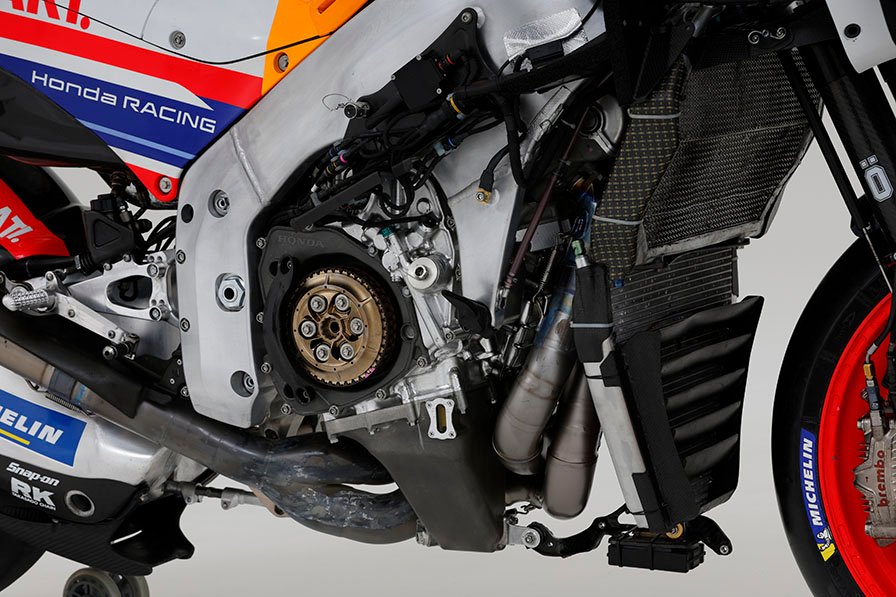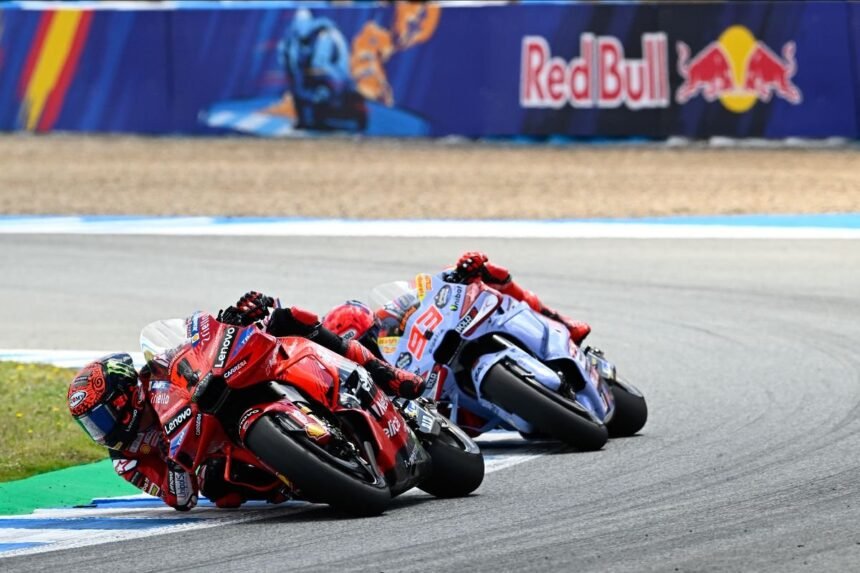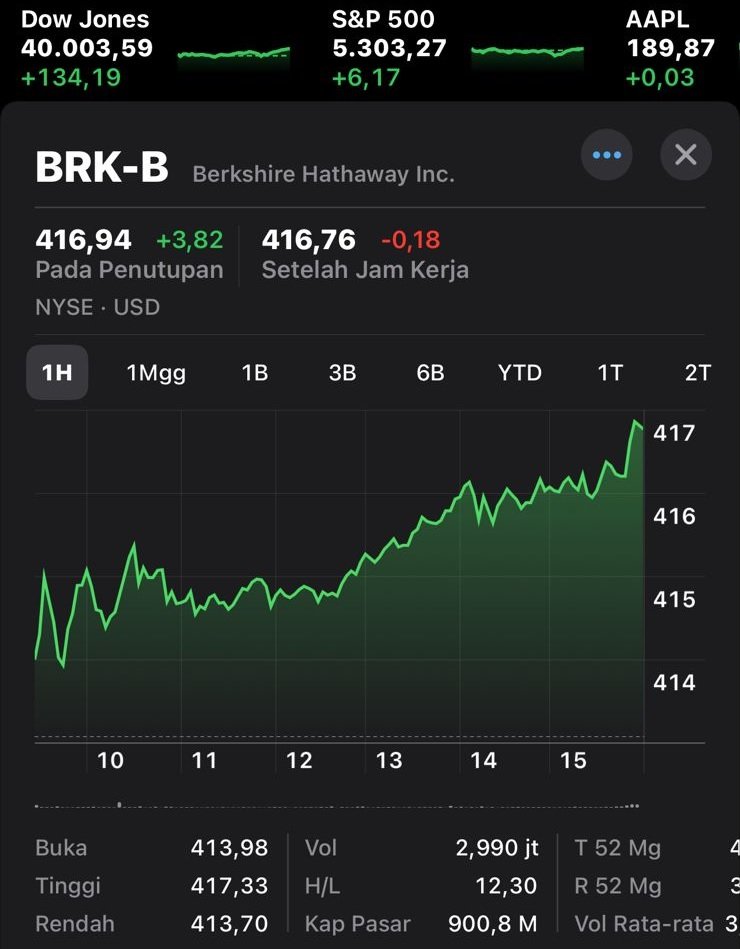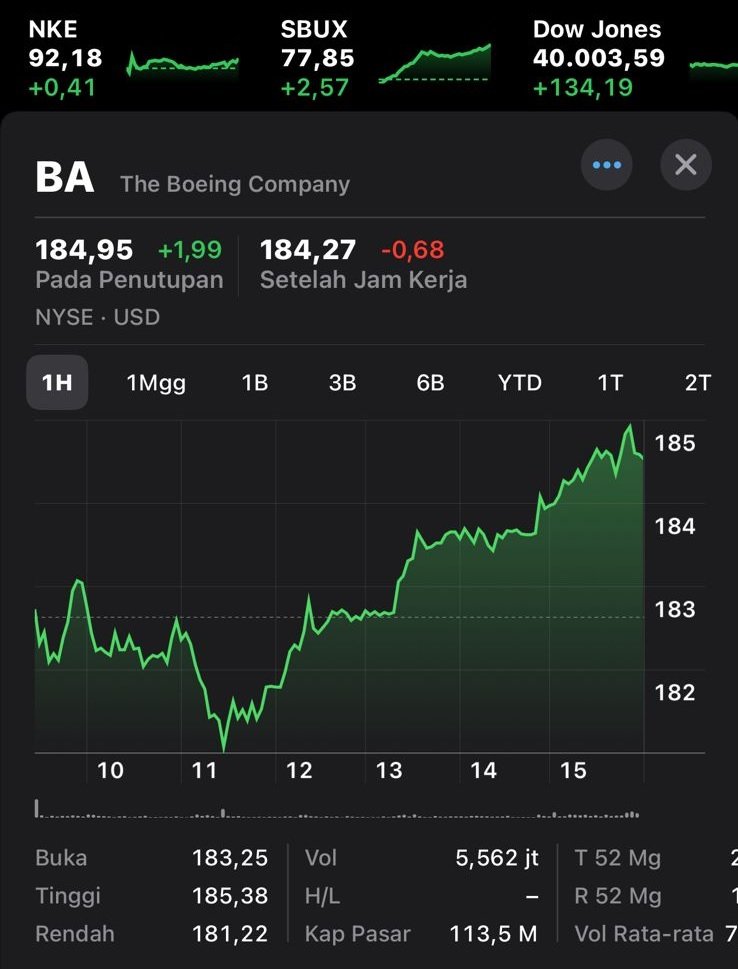As we know, MotoGP technical regulations appear every 5 years. The last time we saw a drastic change in the MotoGP 4 era was not in 2007 or 20 years ago when MotoGP changed technical regulations from the initial regulations which were very free until Honda was able to make a V5 engine and then MotoGP shifted gears to an 800 cc engine. And starting in 2027, the MotoGP engine capacity will change again from the current 1,000cc to 850cc with a fixed 4 stroke 4 cylinder engine platform.

In general, MotoGP will introduce new motorbikes from 2027, with new regulations set to make the sport safer, more sustainable and hopefully more spectacular. The FIM and MotoGP hope these new engines will be more relevant to products on the road and more efficient, support global sustainability, and are designed to create better racing and more overtaking.

Starting in 2027, the engine size will be reduced from 1,000cc to 850cc. This will lower top speeds, make the sport safer, and increase mileage, making it more efficient and sustainable. Maximum Bore Size will be reduced from 81 to 75 millimeters, which will also limit performance. This means the stroke will remain at 48 mm.
To make the sport more efficient, the maximum number of engines allowed for each racer in one season will also be reduced, from an allocation of seven engines to just six per year.
As already announced, MotoGP will race on 100% environmentally friendly fuel from 2027 – up from the 40% non-fossil minimum used since 2024. As part of the new regulations, fuel tank capacity will also be reduced, from 22 liters to 20 liters. The maximum volume of gasoline in a Sprint race is 11 liters.

The aerodynamics sector will also be reduced and more strictly controlled starting from 2027, with the aim of minimizing its negative impacts. The width of the top of the front fairing will be narrower by 50mm or a maximum of 550mm from the previous figure of 600mm.
The distance between the leading area of the tire and the nose of the motorbike will be pushed back by 50mm, thereby reducing the aero effect in important areas, when on a straight and in the braking area. This will hopefully create tighter racing, with more overtaking action on the track.
The height of the stern will also be reduced by 10 cm starting in 2027.

At the rear, the aero behind the rider will be part of homologation from 2027, and teams will only be allowed to update it once per season to control costs.
In the new era starting in 2027, all ride-height and holeshot devices will be banned. It will control performance and make the sport safer, especially when the race starts. This will also place greater emphasis on the skills of each rider, such as aero which aims to improve overtaking ability.

To even the playing field even further, GPS data from all riders will be available to all teams after each session. Providing data to all competitors offers better advancement opportunities for underperforming teams and riders, and at a controlled cost. Access to this wealth of data will help make the sport safer, and will also increase the level of insight available to fans around the world.

The current concession system, introduced at the end of the 2023 season, will continue – but as new technical regulations come into effect in 2027, all manufacturers taking part in the 2026 season will start the season at Grade B. They will then be assessed again at mid-season, in summer 2027, and can change ratings up or down to have access to more or fewer concessions. Meanwhile, new manufacturers in 2027 will start with Concession Warning D
In general, this massive change makes MotoGP feel like it is restarting and this should have the potential to make the performance strength of all manufacturers the same and this means making the potential for Japanese manufacturers to rise even more open.













